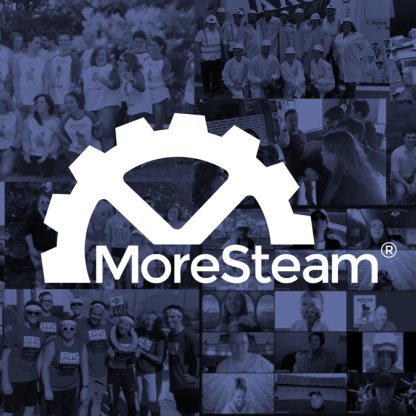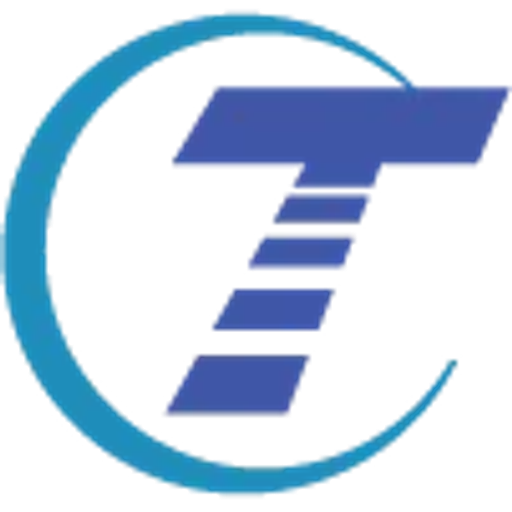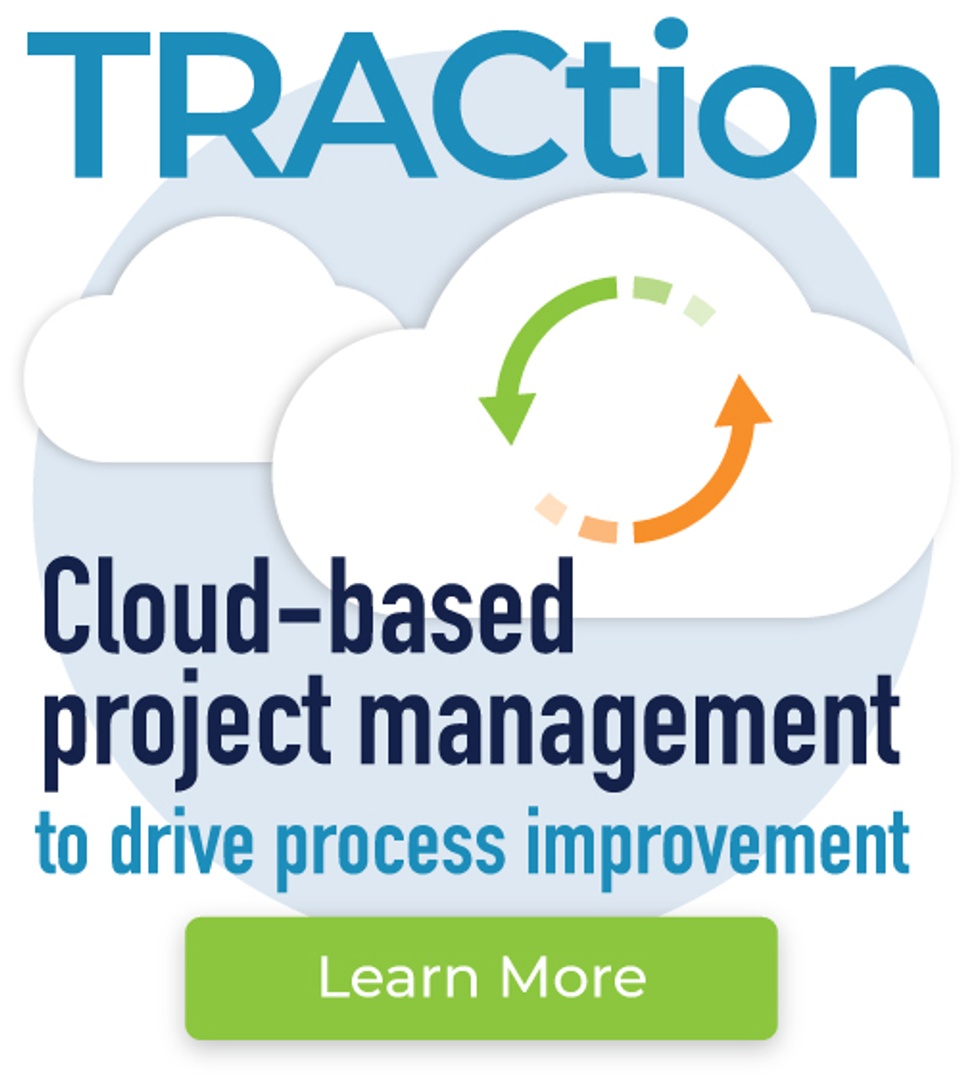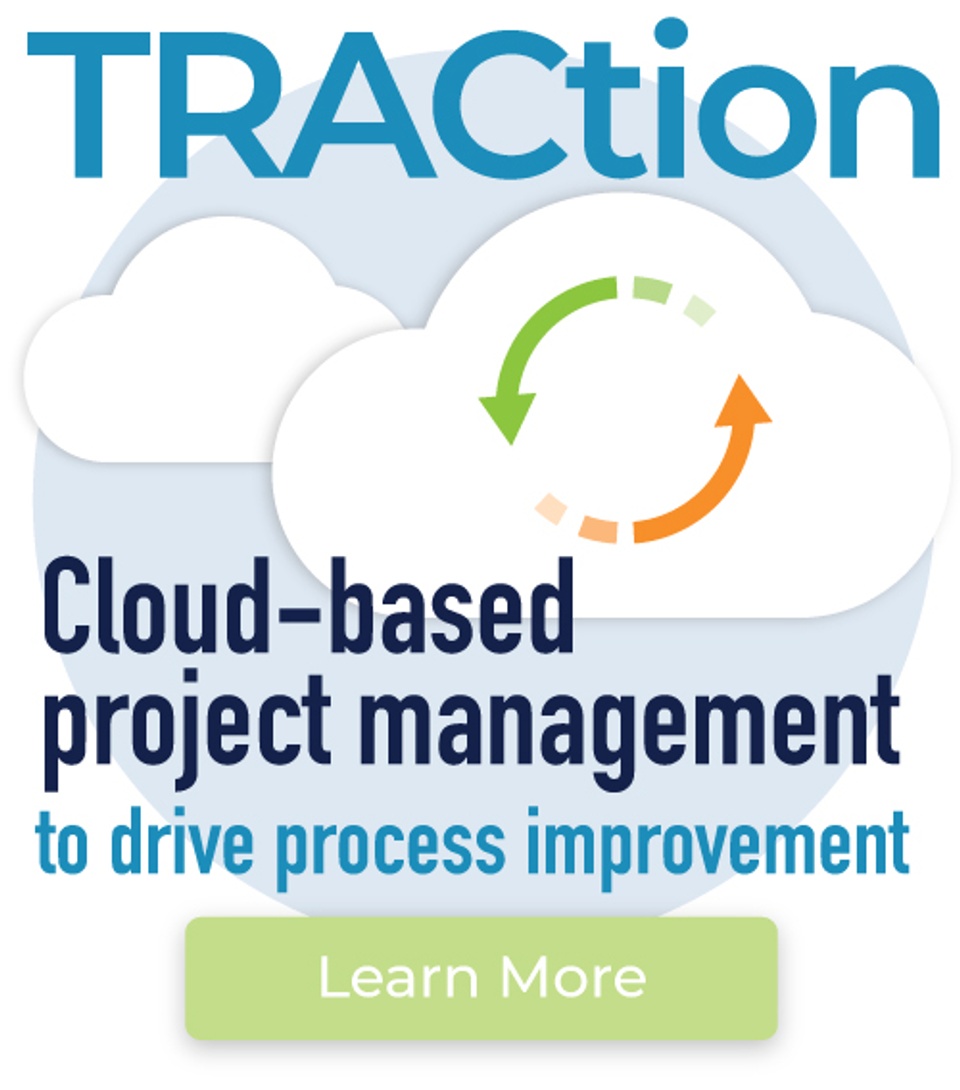
Five keys to coaching Lean virtually
May 18, 2020Amita Sherwood coaches Lean Six Sigma practitioners at some of the biggest companies in the world.
As part of MoreSteam's Client Services team, she's helped clients at Nationwide, Constellation, Ernst & Young, and Disney — just to name a few. Because the majority of her coaching is done virtually from her home in North Carolina, she's an obvious source for helpful insights about how to coach in the current work climate.
We asked Amita to share some of her biggest keys to coaching Lean from a distance.
1 — Create a connection
"The first key is to build a relationship and connect with them personally," Amita said. "I usually send an intro email with a link to my LinkedIn profile. Then during our first discussion, I share a little more about myself and ask questions to get to know them better. 'How did you get to where you're at today? Why is this important to you?'
"You really want to get to know the person you're working with, and let them get to know you."
This principle applies to in–person coaching as well. When working with a virtual team, getting to know each team member may take a bit more effort but is nonetheless a cornerstone of a working relationship.
2 — Establish a routine
"Having a regular cadence is important — especially virtually. I usually ask the practitioner to pick a day and time that's good for them, and then we meet at that time every two or three weeks. I don't like going any longer than three weeks without checking in."
"I learned this one kind of the hard way. I used to let the practitioner drive the schedule and just reach out whenever they needed something, but having a regular schedule is far more effective. It helps keep people accountable, and they appreciate getting the opportunity to bounce ideas off someone."
3 — Ask questions
"Being a good coach means you do a lot of listening. You're really listening more than you are talking. Coaching isn't about saying, 'You must do it this way.' It's about asking questions to understand how they're doing, where they might need a little extra help, and then working with them to find possible solutions."
Because coaches must actively listen, consider the length of the working session. Virtual coaching sessions can be fatiguing, and longer coaching sessions can lead to diminishing returns. This factor supports the recommended practice of establishing a regular cadence of meetings.
4 — Document the work
"This one's important for both the coach and the practitioner. Whenever I'm working with someone, I ask them to send me their notes — even if it's just taking a picture and sending it over. It doesn't have to be pretty, but I can give much better feedback if I can see what you've done."
"It's also important to take notes as a coach. I use TRACtion for that. It has a coaching tab that practitioners don't see, which is where I keep all my notes about each session. I'm usually coaching 10–50 people at any given time, so I need to document what we talk about each session so that I'm prepared for the next session."
Learn how TRACtion can help manage lean six sigma projects and making coaching easier.
5 — Be flexible
"This one's especially relevant right now with everything going on with Covid–19. I try to set up interim milestones for them to work toward throughout the project. Goal completion dates. But you have to be flexible and know that priorities shift, life happens, and things will change."
"So, I like to have a structure and cadence in place, but then allow for flexibility around those interim milestones as long as you're staying on track overall."
Amita is a Lean Six Sigma Master Black Belt with nearly 20 years of experience. Connect with her on LinkedIn or check out her blog.

MoreSteam's Enterprise Process Improvement platform includes the tools, training, and software you need to transform your organization, large or small, into a problem-solving powerhouse. Our products are trusted by over half of the Fortune 500 and by other organizations and universities worldwide. When you partner with MoreSteam you gain a team dedicated to helping you succeed.





